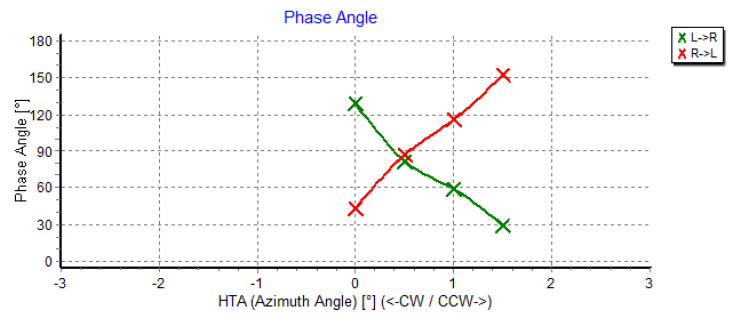Who'd have thought getting a stylus to stand straight up could generate an all-out food fight or sidetrack into discussions of album thickness and label sizes?
I've studied this subject extensively, in preparation for the Jaguar Turntable Setup Video I'm filming (which will be free online). Surely my findings won't end the debate, but it's clarified much of the confusion in my mind. In general, we all want to do the best setup, to get the best sound possible, but I find the importance of this subject is substantially overblown, that tiny micro-adjustments of azimuth do not result in noteworthy audible changes.
Visual Setup - Place a CD on the platter, drop the stylus on it and using a jeweler's loupe (about 20x), adjust the arm until you get a perfect mirror image of the stylus (not the cantilever, or body). This is how Tom Vu does setup of his TriangleArt tables, and in my opinion, gets some of the best turntable sound at these events. It's my belief that if you don't see asymmetry in the mirror image, you won't hear it in the sound.
Adjust+ and Fozgometer - These both seem to work well, but in good conscience, I can't suggest to my clients they should spend $400 to stand up a stylus, unless maybe they're doing setups all the time.
Multimeter Measurement Setup - After encountering so much confusion online and not a lot of answers, I went to the owners of the Ultimate Analogue Test Disc, Acoustic Sounds...they recommended measuring the test tones with a multimeter.
You see instructions in forums that the channels should be summed to mono; this is incorrect. When you're trying to compare two things, it doesn't help you to mix them together.
I've seen forum posts claiming that the multimeter method will not work without a 1khz low-pass filter. I find no basis for this. The test tone is 1khz, with some much lower frequency undertones. When the opposite channel track is playing, there isn't a whisper of anything close to 1khz, so there's not much evidence of needing to filter anything out (audibly or on the meter).
The process I've used with the multimeter is as follows:
- Set my digital multimeter to mV and AC,
- Connect the tonearm to the phono pre and disconnect the output interconnects,
- Put one probe inside the left output and the other on the outside,
- Play the two test tones and note the higher measurements (about 220 for me) and ignore the lower figures (noise and cross talk),
- Measure the other side and adjust the azimuth until the higher figures are roughly equal in both channels.
(I ran these instructions by Vlademir Lamm in an email and he confirmed the process is correct)


